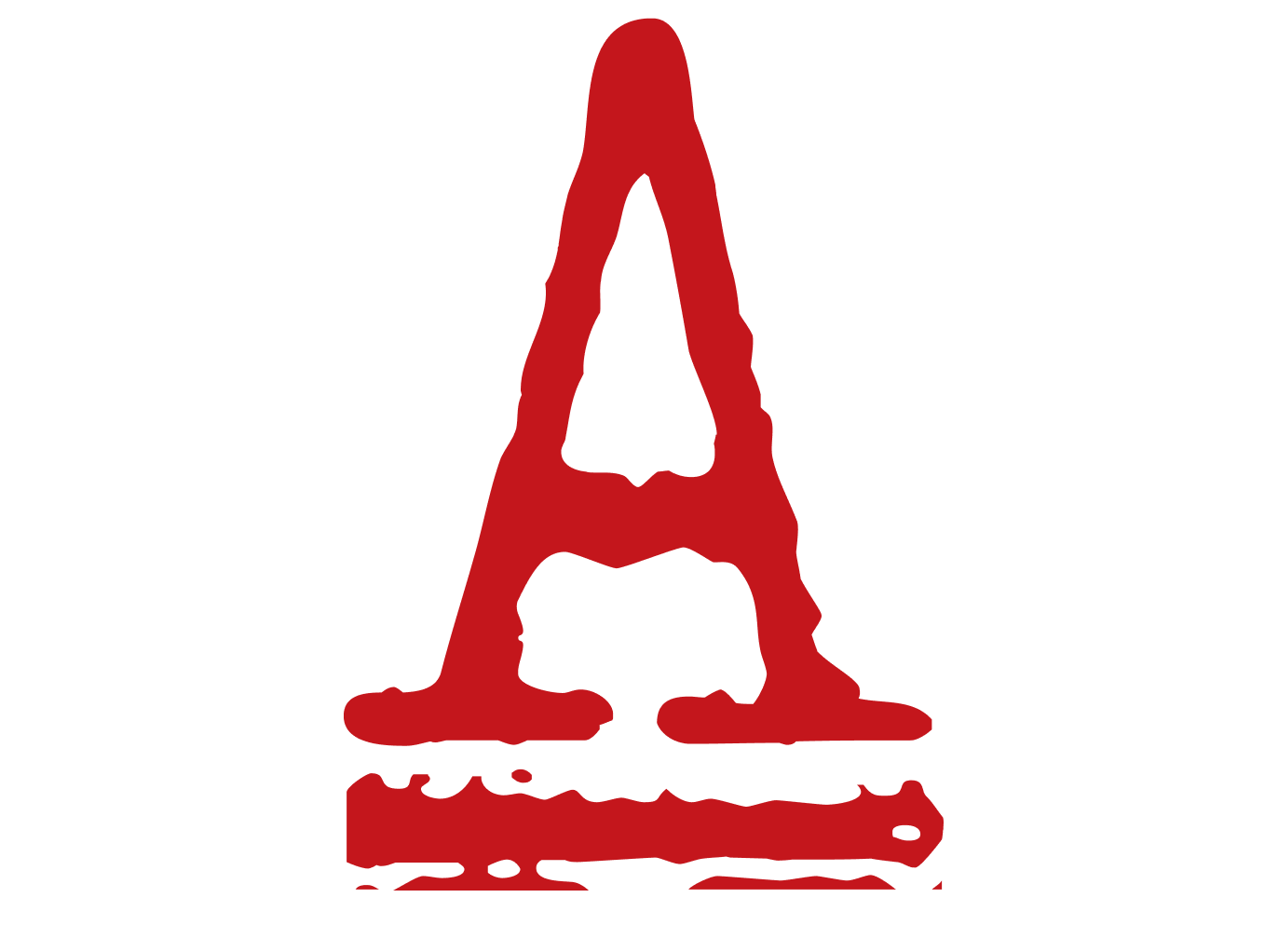We are not accustomed to destruction looking, at first, like emptiness. The coronavirus pandemic is disorienting in part because it defies our normal cause-and-effect shortcuts to understanding the world. The source of danger is invisible; the most effective solution involves willing paralysis; we won’t know the consequences of today’s actions until two weeks have passed. Everything circles a bewildering paradox: other people are both a threat and a lifeline. Physical connection could kill us, but civic connection is the only way to survive.
In March, even before widespread workplace closures and self-isolation, people throughout the country began establishing informal networks to meet the new needs of those around them. In Aurora, Colorado, a group of librarians started assembling kits of essentials for the elderly and for children who wouldn’t be getting their usual meals at school. Disabled people in the Bay Area organized assistance for one another; a large collective in Seattle set out explicitly to help “Undocumented, LGBTQI, Black, Indigenous, People of Color, Elderly, and Disabled, folxs who are bearing the brunt of this social crisis.” Undergrads helped other undergrads who had been barred from dorms and cut off from meal plans. Prison abolitionists raised money so that incarcerated people could purchase commissary soap. And, in New York City, dozens of groups across all five boroughs signed up volunteers to provide child care and pet care, deliver medicine and groceries, and raise money for food and rent. Relief funds were organized for movie-theatre employees, sex workers, and street venders. Shortly before the city’s restaurants closed, on March 16th, leaving nearly a quarter of a million people out of work, three restaurant employees started the Service Workers Coalition, quickly raising more than twenty-five thousand dollars to distribute as weekly stipends. Similar groups, some of which were organized by restaurant owners, are now active nationwide.
As the press reported on this immediate outpouring of self-organized voluntarism, the term applied to these efforts, again and again, was “mutual aid,” which has entered the lexicon of the coronavirus era alongside “social distancing” and “flatten the curve.” It’s not a new term, or a new idea, but it has generally existed outside the mainstream. Informal child-care collectives, transgender support groups, and other ad-hoc organizations operate without the top-down leadership or philanthropic funding that most charities depend on. There is no comprehensive directory of such groups, most of which do not seek or receive much attention. But, suddenly, they seemed to be everywhere.


